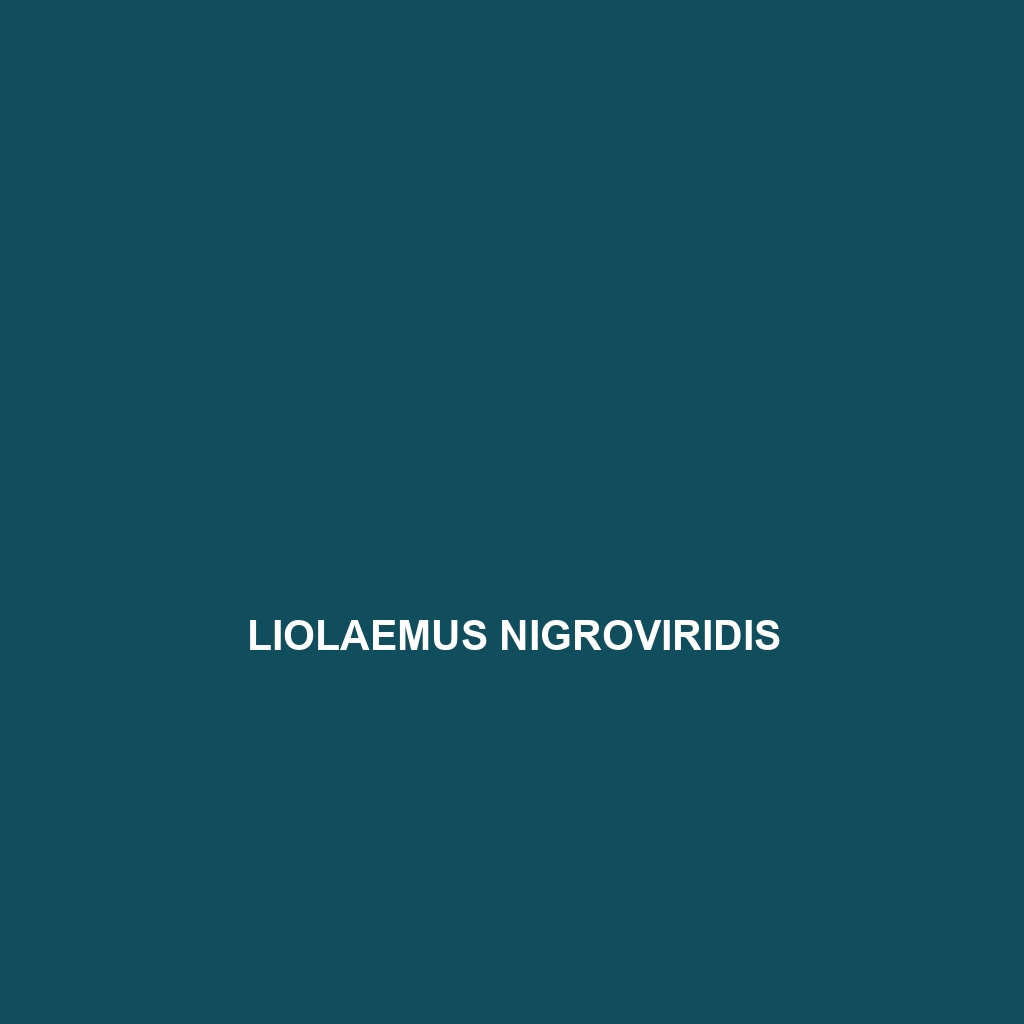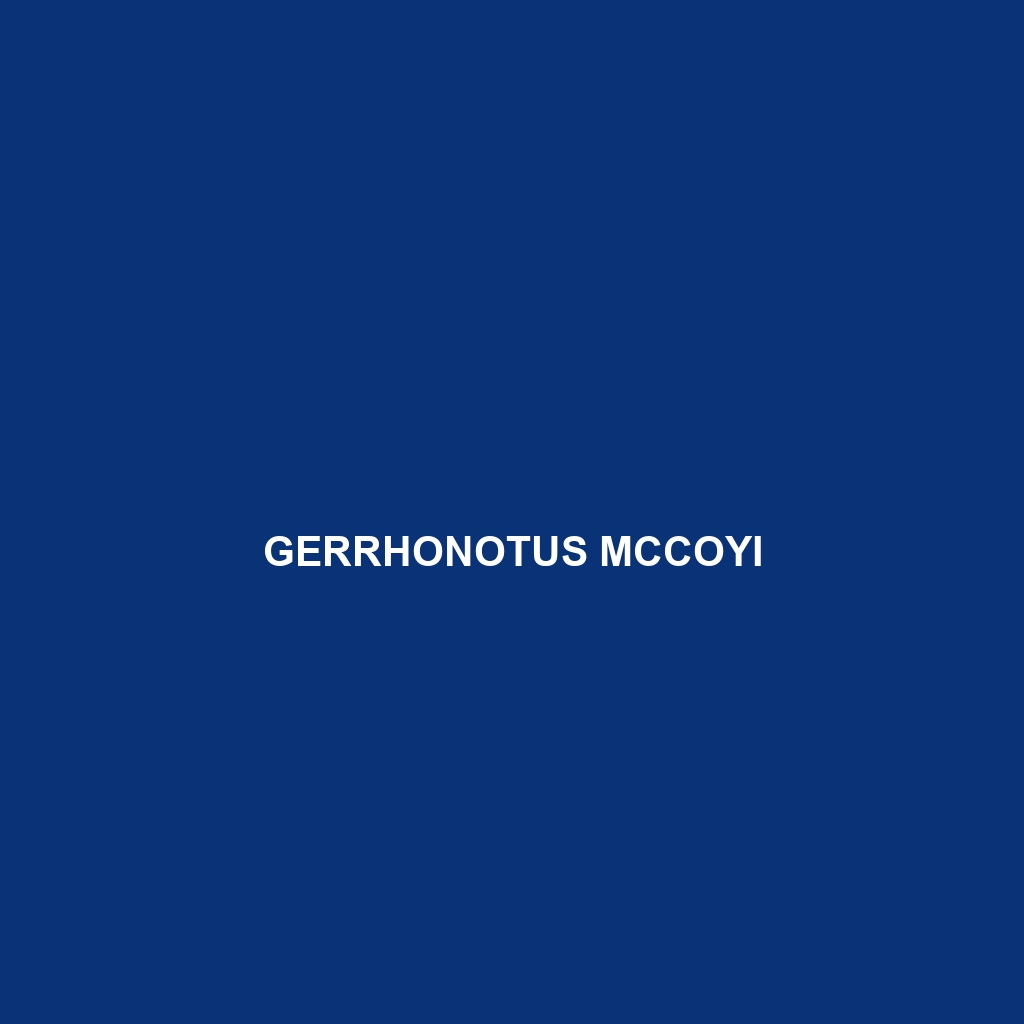Discover the Lusitanian wall lizard (Podarcis lusitanicus), a resilient species native to the Iberian Peninsula, thriving in various habitats from temperate forests to urban environments. This slender lizard, measuring 8 to 10 inches in length, features smooth scales and a variable coloration that aids in camouflage, while its omnivorous diet and fascinating reproductive behaviors enhance its ecological significance.
Tag: omnivorous lizard diet
Platysaurus imperator
<p><b>Platysaurus imperator</b>, commonly known as the Emperor Flat Lizard, is a diurnal lizard native to southern Africa, characterized by its vibrant blue and yellow coloration in males, which attracts mates during breeding season. Thriving in diverse habitats, these omnivores play a vital role in ecosystems by controlling insect populations and providing food for larger predators.</p>
Liolaemus punmahuida
The Liolaemus punmahuida, or Patagonian lizard, is a vibrant, omnivorous reptile found in the temperate forests and scrublands of Patagonia, characterized by its striking coloration and powerful limbs. This diurnal species plays a crucial role in its ecosystem by controlling insect populations and contributing to soil health.
Liolaemus nigroviridis
<p><b>Liolaemus nigroviridis</b>, a medium-sized lizard found in the temperate forests and grasslands of Chile and Argentina, is known for its striking green and dark brown coloration that provides excellent camouflage. This diurnal omnivore plays a crucial role in its ecosystem by controlling insect populations while exhibiting unique behaviors such as complex courtship rituals and color adaptation for survival.</p>
Liolaemus igneus
<p><b>Liolaemus igneus</b>, also known as the fiery lizard, is a striking, omnivorous species native to the mountainous regions of the Andes in South America. Renowned for its vibrant orange and red coloration, this agile lizard thrives in diverse habitats, playing a crucial role in maintaining ecological balance by controlling insect populations.</p>
Gerrhonotus mccoyi
Discover the Gerrhonotus mccoyi, a diurnal lizard native to temperate forests and coastal regions of the southeastern United States. With unique coloration, a robust build, and an omnivorous diet, this species plays a vital role in maintaining its ecosystem while exhibiting fascinating social behaviors during its mating rituals.
Emoia parkeri
Discover the Emoia parkeri, a slender, diurnal lizard found in the lush rainforests of the southwestern Pacific, known for its striking camouflage and varied diet of fruits and insects. This species plays a vital role in its ecosystem, balancing insect populations and aiding in seed dispersal while thriving in humid, diverse habitats.
Echinosaura horrida
<p><b>Echinosaura horrida</b>, a vibrant omnivorous lizard from the tropical rainforests of Central and South America, thrives in both dense foliage and open savannas. Known for its striking green and brown coloration, excellent nocturnal vision, and remarkable ability to regenerate its tail, this vulnerable species plays a crucial role in its ecosystem, aiding in pollination and insect population control.</p>
Crotaphytus collaris
Discover the vibrant Eastern Collared Lizard (Crotaphytus collaris), a medium-sized reptile known for its striking green, yellow, and blue coloration with distinctive black neck “collars.” Found in the southwestern U.S. and parts of Mexico, this agile lizard excels in rocky habitats, feeding primarily on insects and playing a crucial role in its ecosystem.








